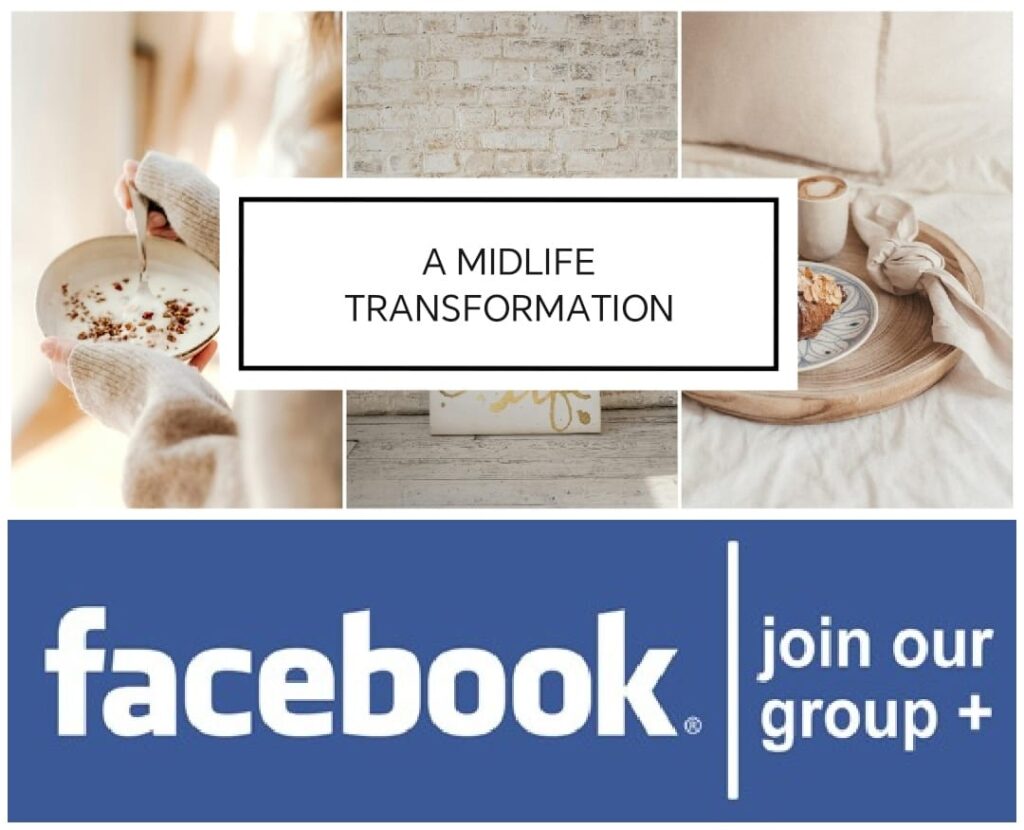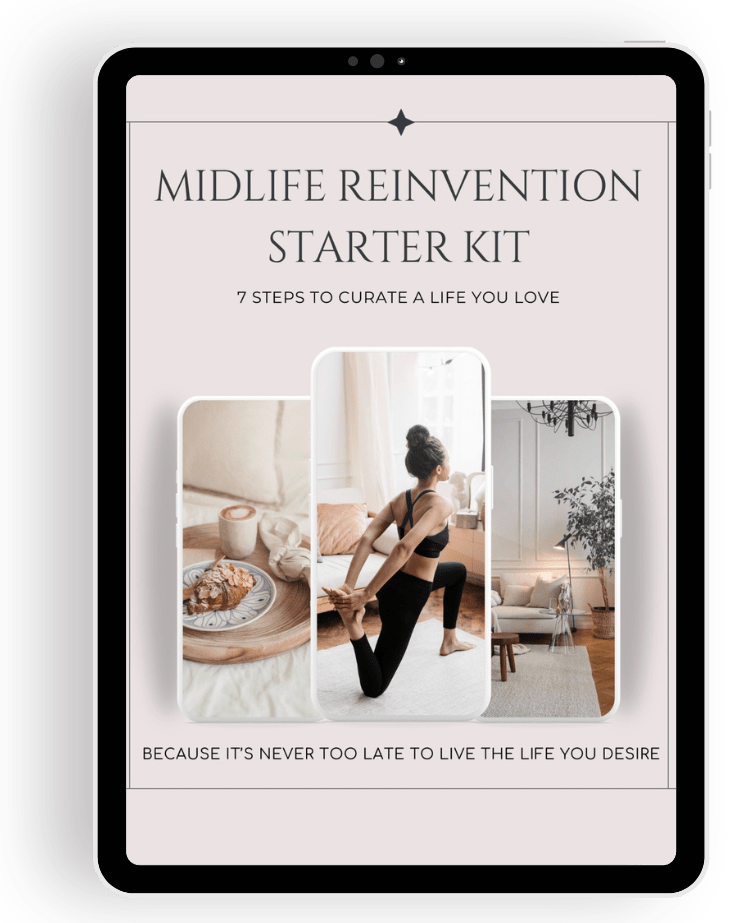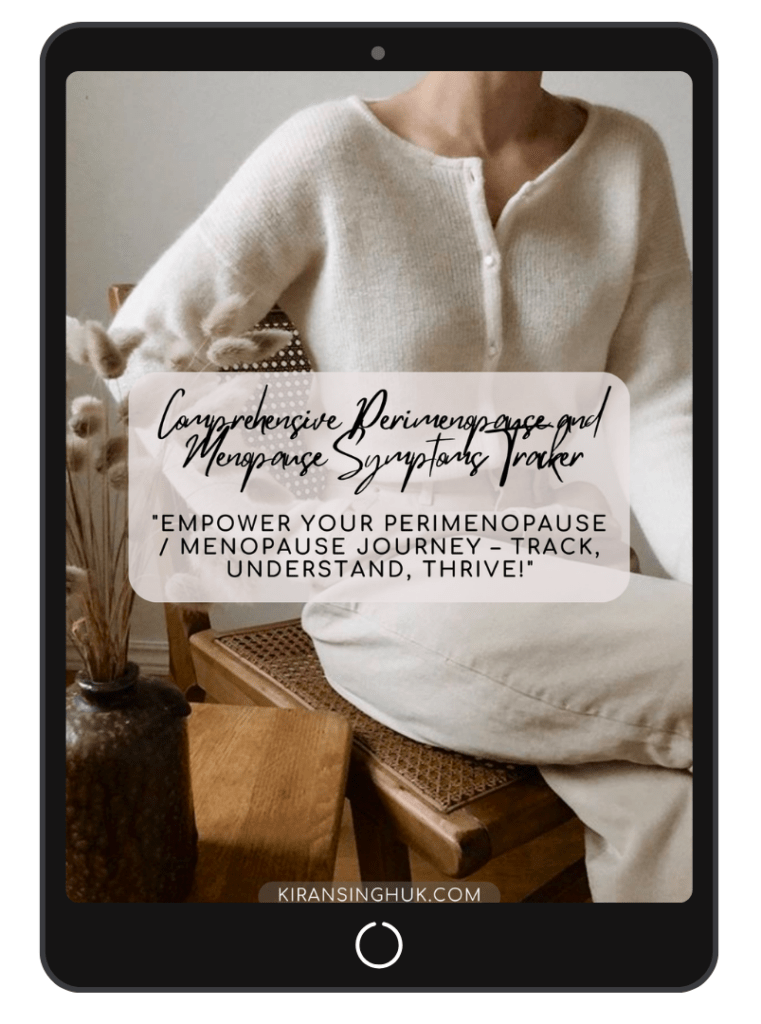Menopause is a natural transition in a woman’s life, but the symptoms – hot flushes, night sweats, brain fog, fatigue, mood swings, joint pain, and weight gain – can feel overwhelming. Many women turn to Hormone Replacement Therapy (HRT) to manage these symptoms and improve their overall quality of life.
HRT is a medical treatment that replenishes declining hormones (oestrogen, progesterone, and sometimes testosterone) to help alleviate menopausal symptoms. While highly effective, HRT is not a one-size-fits-all solution, and it’s important to understand its benefits, risks, and different types before making an informed decision.
This guide covers the latest research on HRT, including:
- ✔ What is HRT and how does it work?
- ✔ The benefits and potential side effects
- ✔ The different types of HRT and who it’s for
- ✔ Alternatives to HRT
- ✔ How to decide if HRT is right for you

1. What is HRT and How Does It Work?
HRT supplements the hormones that naturally decline during menopause, primarily oestrogen and progesterone. Some women may also take testosterone for libido and energy levels.
Key Hormones Replaced in HRT:
- ✔ Oestrogen – The primary hormone that declines during menopause, leading to symptoms like hot flushes, vaginal dryness, and osteoporosis risk.
- ✔ Progesterone – Needed if you still have a uterus to protect against endometrial cancer caused by unopposed oestrogen.
- ✔ Testosterone – Sometimes prescribed to improve libido, energy, and cognitive function.
2. The Benefits of HRT
Numerous studies, including research from The North American Menopause Society (NAMS) and The British Menopause Society (BMS), confirm that HRT is the most effective treatment for menopausal symptoms.
Key Benefits:
- ✔ Relieves Hot Flushes & Night Sweats – HRT significantly reduces vasomotor symptoms.
- ✔ Improves Mood & Mental Health – Helps with anxiety, depression, and brain fog.
- ✔ Supports Bone Health – Reduces the risk of osteoporosis and fractures.
- ✔ Protects Heart Health – Lowers bad cholesterol (LDL) and maintains cardiovascular function when started within 10 years of menopause.
- ✔ Enhances Vaginal & Bladder Health – Treats vaginal dryness, discomfort during sex, and urinary tract infections (UTIs).
- ✔ Boosts Energy & Sleep – HRT helps regulate sleep patterns and reduces fatigue.
🩺 Research Insight: A 2023 study published in The Lancet confirmed that women who take HRT in early menopause (before 60) have a lower risk of heart disease and osteoporosis.
3. Types of HRT
HRT comes in various forms and combinations, depending on individual health needs.
Types of HRT Based on Hormone Combination:
- ✔ Oestrogen-Only HRT – For women who have had a hysterectomy.
- ✔ Combined HRT (Oestrogen + Progesterone) – For women with a uterus to protect the endometrium.
- ✔ Body-identical HRT – Made from natural plant sources (bioidentical hormones) and considered safer.
Ways to Take HRT:
- ✔ Tablets (Oral HRT) – Easy to take but may have higher blood clot risk.
- ✔ Patches – Applied to the skin, releasing hormones steadily with lower clot risk.
- ✔ Gels & Creams – Absorbed through the skin, offering flexibility in dosing.
- ✔ Vaginal HRT (Creams, Rings, or Pessaries) – Targets vaginal dryness and urinary symptoms without systemic absorption.
- ✔ Implants & Pellets – Small doses implanted under the skin for long-term hormone release.
🩺 Research Insight: The 2022 NICE Guidelines recommend transdermal HRT (patches, gels) over oral tablets to reduce blood clot risks.

4. Potential Side Effects & Risks of HRT
While HRT is generally safe, it’s important to be aware of possible side effects and risks.
Common Side Effects (Often Temporary)
- ✔ Breast tenderness
- ✔ Bloating
- ✔ Nausea
- ✔ Headaches
- ✔ Mood changes
Potential Risks
- ❌ Slightly Increased Risk of Breast Cancer – Long-term use (over 5 years) of combined HRT may slightly increase breast cancer risk, but the risk returns to normal after stopping HRT.
- ❌ Blood Clots & Stroke – Oral HRT may increase clot risk, but transdermal options (patches, gels) do not carry this risk.
- ❌ Increased Endometrial Cancer Risk – If taking oestrogen-only HRT without progesterone (if you have a uterus).
🩺 Research Insight: The 2017 Women’s Health Initiative (WHI) study overestimated the risks of HRT. More recent data confirm that HRT is safe for most women under 60, with benefits outweighing the risks.
5. Who Should & Shouldn’t Take HRT?
✔ HRT is Recommended For:
- Women under 60 experience moderate to severe menopausal symptoms.
- Women are at risk of osteoporosis.
- Women suffering from severe vaginal dryness and UTIs.
❌ HRT May Not Be Suitable For Women Who:
- Have a history of breast or endometrial cancer.
- Have a history of blood clots or stroke.
- Have untreated high blood pressure.
- Have active liver disease.
🩺 Consult a menopause specialist before starting HRT to assess risks and benefits for your case.
6. Alternatives to HRT
If HRT isn’t right for you, there are other ways to manage symptoms:
- ✔ Herbal Remedies: Black cohosh, red clover, and ashwagandha may relieve symptoms.
- ✔ Dietary Adjustments: A Mediterranean diet rich in healthy fats, phytoestrogens (flaxseeds, soy), and anti-inflammatory foods.
- ✔ Exercise: Regular strength training, yoga, and walking help reduce symptoms.
- ✔ Supplements: Magnesium, vitamin D, omega-3s, and collagen support bone and joint health.
- ✔ Cognitive Behavioural Therapy (CBT): Proven to help with anxiety, sleep, and mood swings.
🩺 Research Insight: A 2021 study from The British Journal of Nutrition found that women who follow a Mediterranean diet have fewer menopausal symptoms.
7. How to Get Started with HRT
- 1️⃣ Book an appointment with a menopause specialist or GP.
- 2️⃣ Discuss your symptoms and health history.
- 3️⃣ Choose the best type of HRT for you (oral, patch, gel, or vaginal).
- 4️⃣ Start with the lowest effective dose and adjust if needed.
- 5️⃣ Monitor your symptoms and reassess after 3 months.
🌿 Important: Lifestyle changes + HRT = Best results! Combine HRT with good nutrition, exercise, and self-care.

Final Thoughts: Is HRT Right for You?
HRT is a powerful tool for managing menopause symptoms, but it’s a personal choice. Understanding the benefits, risks, and options empowers you to make an informed decision.
📌 Need Help Navigating Menopause?
I offer personalised menopause coaching, lifestyle guidance, and nutritional support to help you feel your best.
📞 Book a consultation today and take control of your menopause journey!
DISCLAIMER
I am not a health professional or medical practitioner. I am a certified Menopause Wellness Coach, and the information provided here is intended for educational and informational purposes only. It should not be taken as medical advice, diagnosis, or treatment. For any health-related concerns or queries, please consult your GP or a qualified healthcare provider. Always seek the advice of a medical professional before making any changes to your healthcare routine or starting new treatments.

Feel free to sign up to my Friday Morning Love Note HERE! This isn’t just a newsletter - it’s your invitation to pause, reflect, and realign with you. Every week, we’ll journey together to uncover the small, meaningful shifts that will help you design a life that feels uniquely and beautifully yours. Each week, I’ll deliver fresh intentions, uplifting tips, and simple shifts to inspire purposeful, creative living.




